leonid polyak, Arctic Ice Shelf Theory Challenged by Ancient Algae


leonid polyak, Arctic Ice Shelf Theory Challenged by Ancient Algae
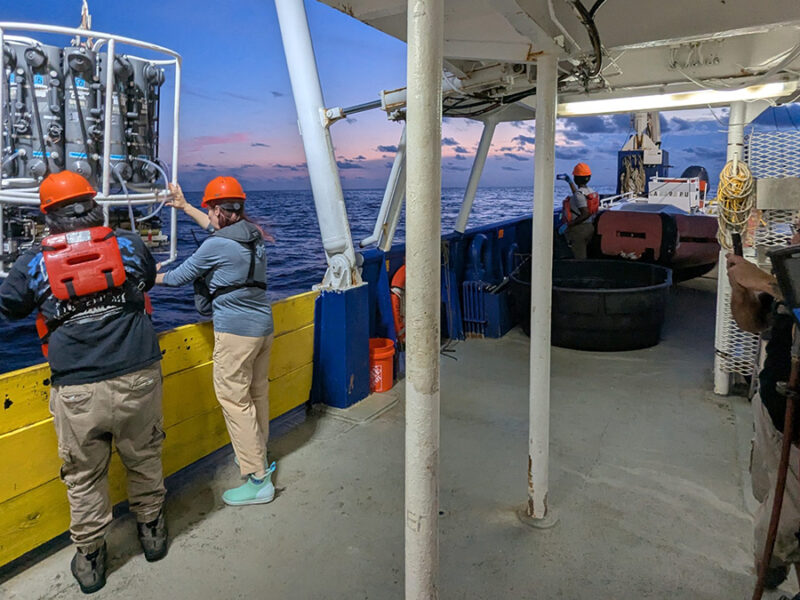
Funding cuts are affecting The Pelican’s annual hypoxia cruise to investigate the environmental conditions off the coast of Louisiana.

Armed with drones and lasers, scientists are creating detailed 3D maps of Tybee Island’s shifting shoreline.

The changes in Madden-Julian Oscillation wind can trigger a response in the deep equatorial Pacific and Indian Ocean.

Timely action shows the impact of urban fires on freshwater and marine ecosystems.
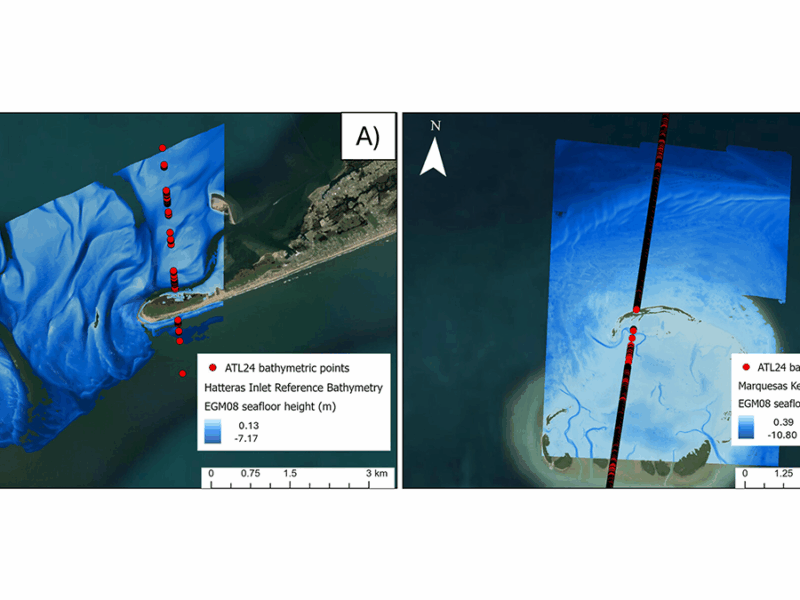
NASA’s Ice, Cloud, and land Elevation Satellite 2 (ICESat-2) mission recently released a new shallow water bathymetry product, which has already delivered data for 13.7 million kilometers of coastal waters.

Chemical signatures of marine organisms reveal that seasonal sea ice, not a massive ice shelf, persisted in the southern Arctic Ocean for 750,000 years.
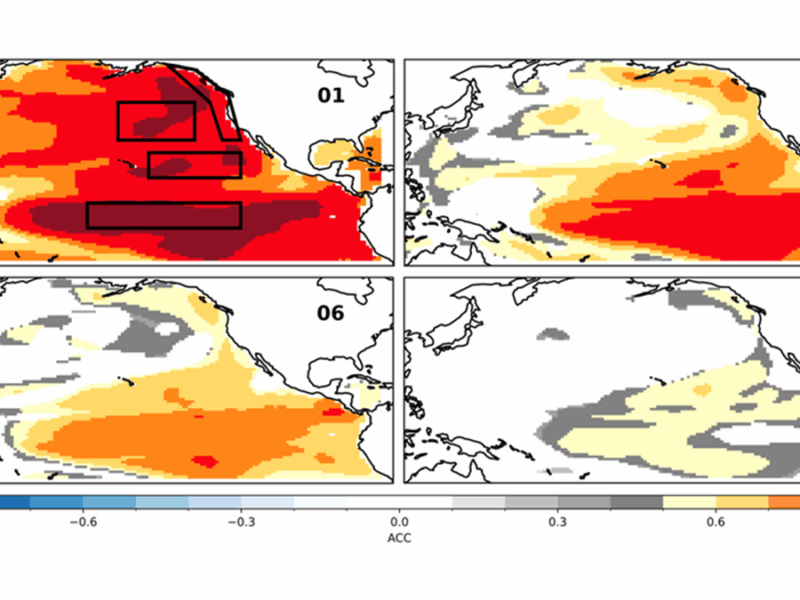
Scientists use a large suite of simulations with an established climate model to predict the Pacific Decadal Oscillation up to one year in advance, but El Niño can still get in the way.
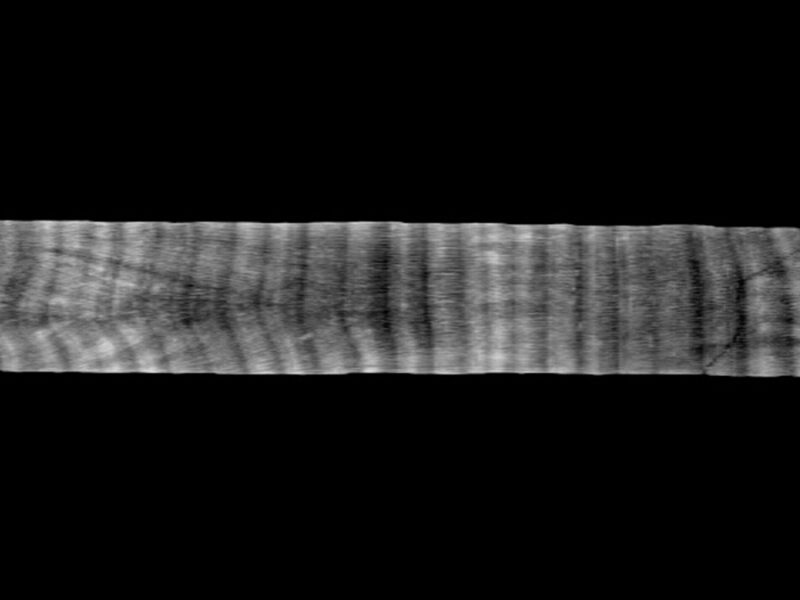
CoralCT archiva datos originales y procesados de núcleos de corales y arrecifes, preservando información valiosa sobre cómo los corales responden a cambios medioambientales.
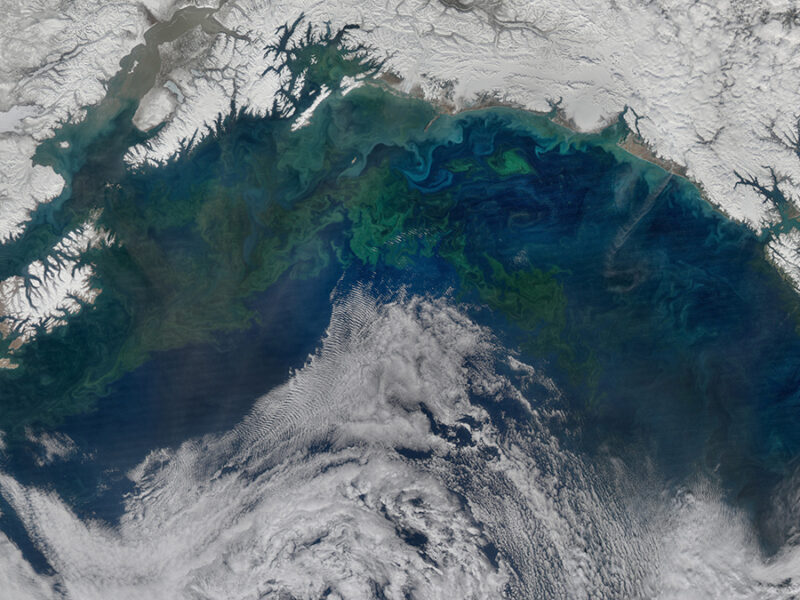
Some of the iron emitted by industrial activity in East Asia is carried by winds into the North Pacific, where it nourishes iron-hungry phytoplankton.
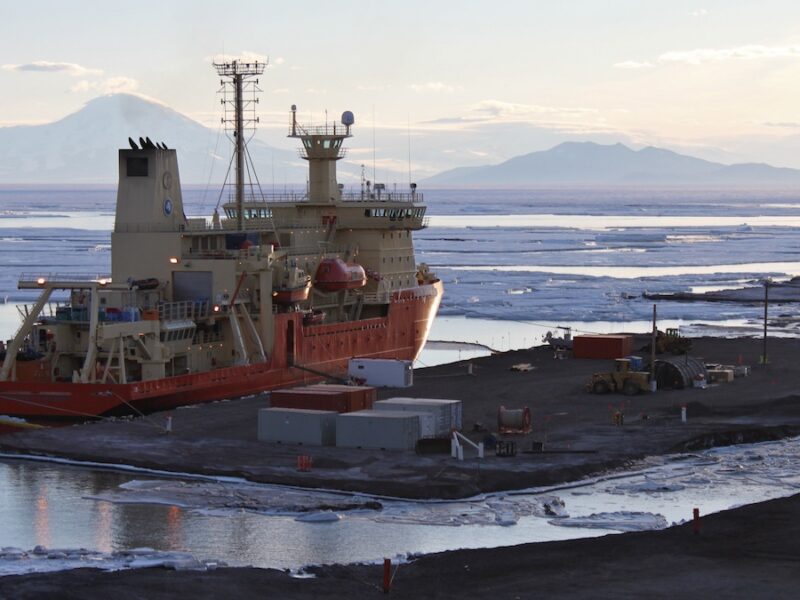
On 28 July, more than 170 researchers sent a letter to National Science Foundation leaders and Congress, urging them to reconsider the decision to terminate the lease of the Nathaniel B. Palmer, the United States’ only Antarctic research vessel-icebreaker (RVIB) and a key part of science operations around the White Continent.
Something went wrong. Please refresh the page and/or try again.